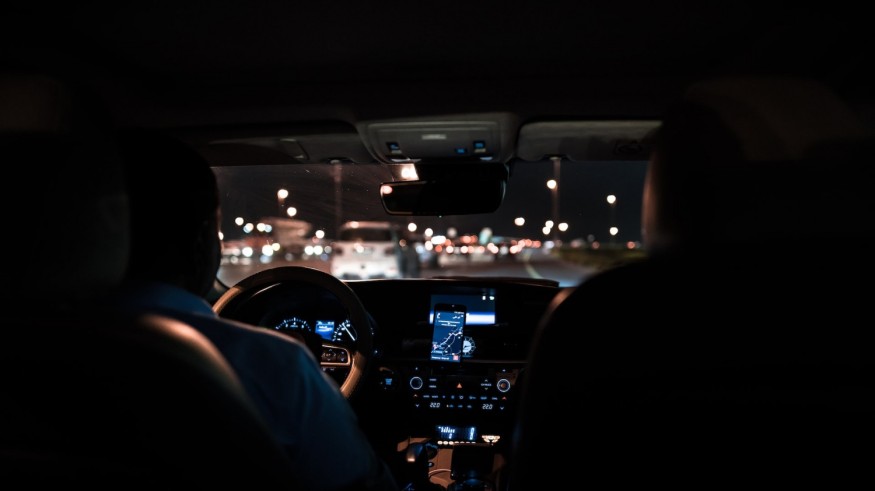Tips For Safe Driving At Night

Even for seasoned drivers, nighttime driving can be difficult. Reduced visibility, glare from headlights, and fatigue are some of the common factors that can make it more difficult to navigate the road safely. However, by taking some precautions, you can minimize the risks and ensure a safe journey. Let's discuss some essential tips for safe driving at night.
Ensure Proper Visibility
One of the most significant challenges of driving at night is reduced visibility. It is essential to ensure that your headlights, taillights, and windshield are clean and in good condition. Dirt and debris can scatter light and cause glare, making it harder to see the road ahead. Additionally, you should also adjust your headlights correctly to avoid blinding other drivers. You can also use your high beams where it is legal and safe, but make sure to dim them for oncoming traffic.
Avoid Fatigue
Driving at night can be tiring, and fatigue can affect your judgment and reaction time. Therefore, it is crucial to take regular breaks and rest when necessary. If you feel sleepy, pull over to a safe location and take a power nap or drink some caffeine to help you stay alert. It is also a good idea to avoid driving long distances at night if possible.
Watch out for Wildlife
Animals, such as deer, raccoons, and possums, are more active at night and can suddenly dart onto the road, causing a hazard. Therefore, you should be extra cautious when driving in areas with wildlife, especially during dawn and dusk when they are most active. If you spot an animal on the road, slow down and honk your horn to alert them.
Avoid Distractions
Distractions can be a significant cause of accidents, and driving at night with distractions can be even more dangerous. Avoid using your phone, eating, or engaging in other activities that can take your focus off the road. If you need to use your phone, pull over to a safe location and park before using it.
Maintain a Safe Distance
Driving at night can make it harder to judge distances and speed, especially when following other vehicles. Maintain a safe following distance to allow for sudden stops or changes in speed. As a rule of thumb, you should keep a distance of at least two seconds from the vehicle in front of you.
Use Your GPS
If you are driving in an unfamiliar area at night, it can be helpful to use your GPS or navigation system to help you find your way. However, make sure to set up your route before you start driving, so you don't have to fiddle with your device while on the road. Additionally, it is also a good idea to have a backup plan, such as a printed map or written directions, in case your device fails.
Be Prepared for Emergencies
No one can predict when an emergency will occur, but being prepared can help you handle it safely. Before embarking on a night drive, ensure that your vehicle is in good condition and has enough fuel. Carry an emergency kit with items such as a flashlight, flares, a first-aid kit, and a spare tire. It is also advisable to have a charged mobile phone in case you need to call for help.
Additionally, if you are driving in areas with extreme weather conditions, such as snow or rain, make sure you have appropriate equipment such as tire chains, an ice scraper, and extra warm clothing. By being prepared for emergencies, you can handle unexpected situations with confidence and ensure your safety and that of your passengers.
If you find yourself involved in a car accident due to someone else's negligence, learn more by visiting this personal injury attorney's website.
Conclusion
Driving at night requires extra caution and attention to ensure a safe journey. By following the tips outlined in this article, you can minimize the risks and reach your destination safely. Remember to always prioritize safety and avoid risky behaviors such as speeding, driving under the influence, or driving while fatigued.
Subscribe to Latin Post!
Sign up for our free newsletter for the Latest coverage!
© 2025 Latin Post. All rights reserved. Do not reproduce without permission.













